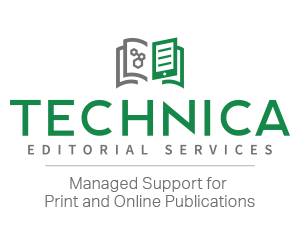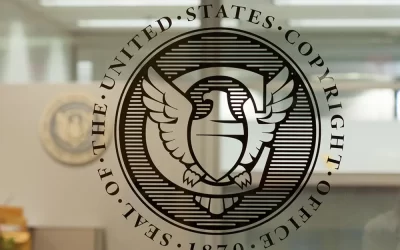So much of scholarly publishing has been built on the promise that articles are reviewed and recommended by peers. For most journals in science research, authors tend to go through a rigorous peer review process before their paper comes close to publication. Yet, recent reports have indicated problems in the peer review process.
Earlier this year, Springer announced that it would be retracting a total of 107 articles published in Tumor Biology between 2012 and 2016 for peer review irregularities amounting to about 2 percent of all papers published between 2010 and 2016. This comes on the heels of a 2016 report that Springer and BioMed Central were retracting 58 papers across seven journals for issues including peer review manipulation. This begs the question: How does someone create a fraudulent review?
In most cases, a fraudulent review occurs when a person (usually an author) suggests a reviewer (sometimes entirely fictitious but usually a real person) and provides a fake e-mail address for this reviewer. When the review invitation is subsequently sent to the fake e-mail address, a positive review will be sent back to the journal. In many of these cases, companies are paid to run this type of fraud. Authors pay these companies to assist in their paper’s publication although many authors have claimed that they were not aware of the fraudulent reviews. Instead, the authors believed that the company was only assisting with language editing. Journals have since struggled to determine culpability in these cases with Peter Butler, Springer’s editorial director for cell biology and biochemistry, saying, “It is unclear whether the authors of the manuscripts were aware that the agencies were proposing fabricated reviewer names.”
In response to these retractions, Springer has announced that they will be revamping their screening process and sharing any anomalies they find with other publishers to help identify other potential cases of fraud. SAGE, which acquired controversial Tumor Biology near the end of 2016, has announced that they are restructuring the editorial board for the journal and revamping the peer review protocol in an effort to revitalize the journal. Under the SAGE banner, the journal was relaunched in January of this year as an open access journal but, only time will tell whether these changes will result in fewer cases of fraudulent reviews.




